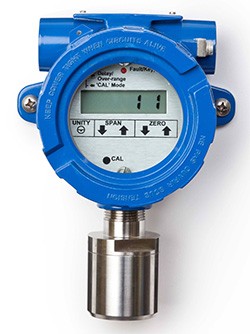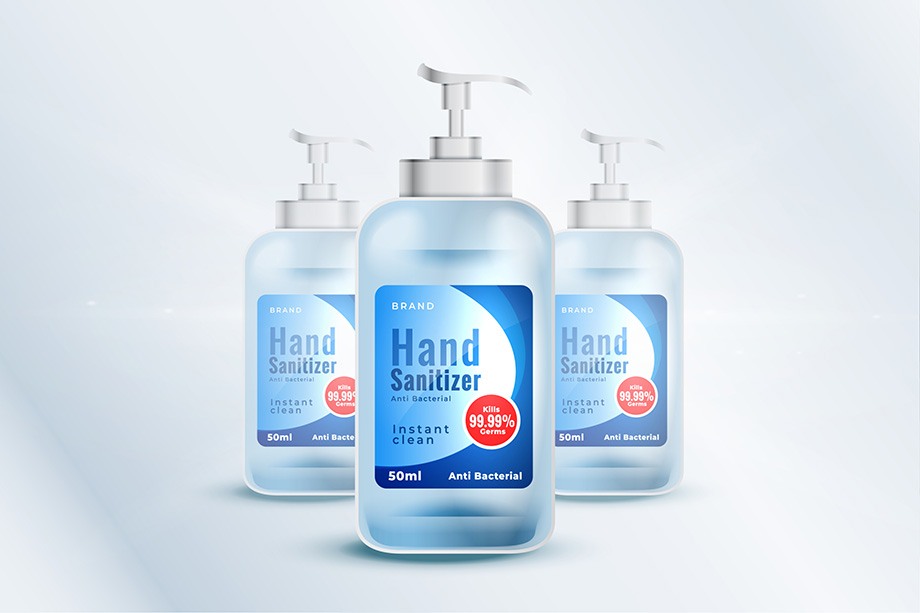Explosive Growth in Alcohol-Based Hand Sanitizer Production
- By : PureAire Monitoring Systems
- Posted on : April 30, 2020
- News Room
On January 31, 2020, the Secretary of Health and Human Services (“HHS”) declared a public health emergency related to the COVID-19 pandemic. Shortly thereafter, hand sanitizer began to disappear from U.S. retailers’ shelves, as anxious consumers (and, unfortunately, opportunistic hoarders and resellers as well) swept up all available stock. In the ensuing months, traditional hand sanitizer producers have found it impossible to keep up with the greatly elevated demand for their products, which are now considered indispensable items in efforts to control the pandemic’s spread.
Seeking to address the supply-demand imbalance currently existing within the hand sanitizer industry, the Food and Drug Administration (“FDA”) issued several industry guidance documents in March of this year (with updates later that month and in April) permitting, within specified parameters, entities not previously engaged in sanitizer manufacturing to produce, on a temporary basis (i.e., for the duration of the public health emergency declared by the HHS Secretary in January of this year) either alcohol-based sanitizers themselves or the ethanol typically used as a key pharmaceutical ingredient in such sanitizers.
The industry guidance documents (all of which can be found on the FDA’s website and should be read in their entirety) contemplate that such new, albeit temporary, producers of hand sanitizers (or ethanol for hand sanitizers) might include pharmacists/drug compounders and alcohol production firms (that is, distillers of alcoholic spirits for human consumption), as well as certain other businesses capable of meeting the FDA’s stringent conditions regarding hand sanitizer ingredients and manufacturing processes, as well as its registration and product listing requirements.
Since the FDA first issued its industry guidance documents in March, numerous entities and individuals have begun production of hand sanitizers (or ethanol for hand sanitizers) to address the supply gap resulting from the COVID-19 pandemic. New (albeit temporary) industry participants include manufacturing enterprises, licensed pharmacists, and distillers of alcoholic beverages. Reportedly, over 200 American distilleries (which, obviously, have deep experience in working with ethanol) have registered their facilities with the FDA pursuant to the relevant industry guidance documents.
Ethanol(a/k/a Ethyl Alcohol)
Ethanol is a clear, colorless, and (according to most people) relatively pleasant-smelling liquid made from a variety of feedstocks, including grains and crops high in sugar content, such as sorghum, corn, barley, sugar beets, and sugar cane. While it may be best known as the alcohol found in alcoholic beverages, when ethanol has been denatured (that is, made unfit for human consumption by adding certain other chemicals to it, which also make the odor unappealing), it also has many other commercial applications, including as a fuel additive, industrial solvent, key component of cosmetics and personal care items, and as the active pharmaceutical ingredient in certain disinfecting products, including hand sanitizers.
Keeping Safe While Working with Ethanol
Ethanol is highly combustible, with a low flash point, making leaks (including vapor emissions) potentially quite dangerous, and threats from accidental ignition very serious indeed. To detect, and protect against, risks emanating from leaks or excessive concentrations of ethanol, best practices include placing gas detection monitors, containing visual and audible alarms, in areas where ethanol is used or stored.
PureAireMonitors
 PureAire Monitoring Systems’Combustible Gas Monitor (LEL) offers continuous readings of ethanol (and can also be programmed to detect isopropyl alcohol, ethane, ethylene, and methyl alcohol). The monitor features an easy to read screen, which displays current ethanol levels for at-a-glance observation by employees, who derive peace of mind from the monitor’s presence and reliable performance. In the event of a leak or buildup of gas to an unsafe level, the monitor will set off an alarm, complete with horns and flashing lights, alerting personnel to evacuate the area. At the same time, the monitor can be programmed to turn on the ventilation system.
PureAire Monitoring Systems’Combustible Gas Monitor (LEL) offers continuous readings of ethanol (and can also be programmed to detect isopropyl alcohol, ethane, ethylene, and methyl alcohol). The monitor features an easy to read screen, which displays current ethanol levels for at-a-glance observation by employees, who derive peace of mind from the monitor’s presence and reliable performance. In the event of a leak or buildup of gas to an unsafe level, the monitor will set off an alarm, complete with horns and flashing lights, alerting personnel to evacuate the area. At the same time, the monitor can be programmed to turn on the ventilation system.
PureAire’s Combustible GasMonitor (LEL) is housed in a NEMA 4 explosion-proof enclosure suitable for Class1, groups B, C, and D.The enclosure is specifically designed to prevent an explosion. The monitor is well suited for facilities that produce alcohol-based hand sanitizers, as well as alcohol distilleries, ethanol refineries, chemical plants, and any location where monitoring is required for combustible gases.
PureAire’s durable, long-life LEL catalytic sensor will last 5-6 years in a normal environment without needing to be replaced.



